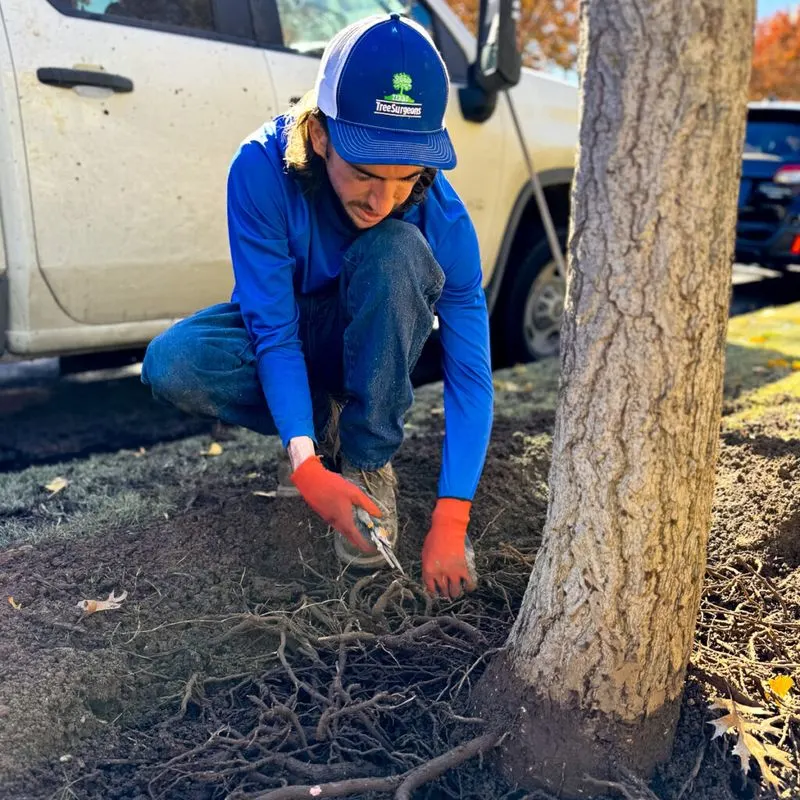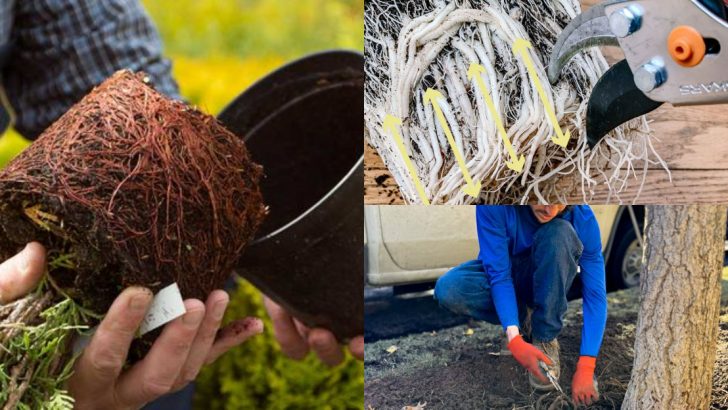Root pruning isn’t for the faint of heart! Imagine nipping a plant’s underground lifelines—one wrong snip and you could doom your favorite shrub. But master this art, and you’ll unleash a surge of fresh, fibrous roots that power up growth. It’s like sending your garden to boot camp—tough love that forces deeper, healthier root systems. Some plants practically demand it. Bonsai trees cling to it like a lifeline. Heavy feeders like roses and hydrangeas rely on it for nonstop bloom power. Ready to discover why this borderline radical move is actually a game‑changer? We’re diving into what root pruning really does, when to get your shears dirty, and how to turn radical cuts into spectacular garden comebacks. Brace yourself: your soil’s soul will never look at roots the same way again.
Enhanced Nutrient Absorption

Boosting nutrient uptake, root pruning works like magic for plants. By trimming back the roots, you encourage new growth that actively absorbs nutrients. This isn’t just about cutting; it’s about fostering a dynamic root system. As a result, plants can access essential nutrients more efficiently.
Think of it as a reset for your plant’s nutritional pathways. It offers the plant a fresh start, allowing it to absorb what it needs with renewed vigor. For potted plants, this can be especially beneficial, ensuring they don’t exhaust their limited soil resources too quickly.
Prevention of Root-bound Conditions

Root-bound plants often struggle, but root pruning offers a solution. By trimming away the excess, you prevent roots from becoming a tangled mess. This practice allows the plant to grow without restrictions.
In a small pot, roots can quickly outgrow their space, leading to stress and poor health. Pruning helps maintain balance, ensuring the plant has room to breathe and expand. It gives the roots a chance to spread out, securing better access to water and nutrients, which is crucial for long-term vitality.
Improved Root Architecture

A well-structured root system supports overall plant health. Pruning encourages this by promoting lateral root growth. It’s a bit like giving your plant a blueprint for success.
With a diverse root system, plants can anchor themselves more effectively, weathering environmental stresses. This structural enhancement is vital for both stability and nutrient uptake. By carefully managing the root architecture, gardeners can ensure their plants are not just surviving but thriving in their environment.
Increased Flowering and Fruit Production

Root pruning can lead to a spectacular display of flowers and fruits. By focusing the plant’s energy on above-ground growth, this technique enhances blooms and yields.
When roots are pruned, plants often redirect their growth efforts. This shift can result in more vibrant flowers and a bounty of fruits. It’s an effective way to boost your garden’s productivity, ensuring that every plant contributes its share of beauty and bounty. For fruit-bearing trees, this can mean the difference between a sparse harvest and an abundant one.
Disease Prevention and Management

Healthy roots mean healthier plants, and pruning plays a key role in disease prevention. By removing decayed or diseased roots, you protect the plant from further infection.
This proactive approach can save a plant from a dire fate. Regularly checking and pruning roots helps identify potential issues before they escalate. It’s a preventive measure that can make all the difference in maintaining a vibrant garden. Plus, it allows for better airflow around the roots, reducing the risk of fungal infections.

